Narendra Modi and the Political Landscape: Decoding Hindu and Muslim Electoral Patterns of Unity and Division
Unity, Division, Narendra Modi and the Political Landscape: Decoding Hindu and Muslim Electoral Pattern
Introduction

India, a vibrant democracy with a rich tapestry of cultures, languages, and religions, recently witnessed its 18th parliamentary election. The results were intriguing, revealing deep-seated patterns and highlighting the dynamics between different communities. In this editorial, we delve into the key factors that shaped the outcome, focusing on the role of unity, division, and informed voting.
The Muslim Voting Bloc
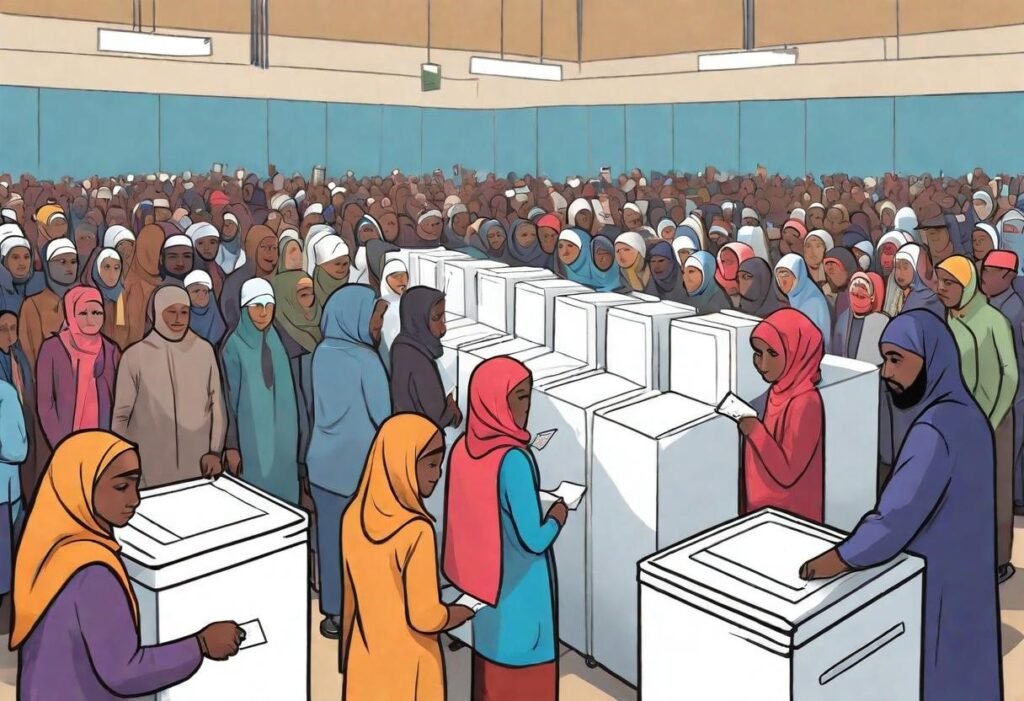
One of the most striking aspects of the recent election was the high voter turnout among Muslims. Most Muslim voters turned out in large numbers, showing a strong desire to unseat the current Modi government and back a potentially weaker administration that they believe will better serve their interests in shaping their community’s future. In contrast, the majority community’s mostly Hindu participation was lacklustre, with a turnout of less than 60%. This discrepancy raises questions about civic responsibility and the need for informed voting across all demographics.
Informed Voting and Community Preferences
Muslim voters exhibited a clear and decisive pattern in the recent elections, rallying behind a specific party with informed choices aimed at defeating a particular political ideology not to forget the perks of minority appeasements. This concerted effort was especially impactful in regions with a significant Muslim population, where the ruling party faced substantial setbacks. In states like Bengal, Uttar Pradesh, and Maharashtra, this unified voting behaviour resulted in a notable shift in power, highlighting the influence and strategic voting of the Muslim community.
The Divided Hindu Vote
While Muslims voted strategically and cohesively, the Hindu community remained fragmented. Internal divisions based on caste, regional affiliations, and ideological differences diluted their collective impact. Additionally, a significant number of Hindus abstained from voting, contributing to the overall low voter turnout. Unlike the united Muslim bloc, Hindus lacked a unified voice, resulting in missed opportunities to influence the election outcomes effectively.
The Narendra Modi Factor
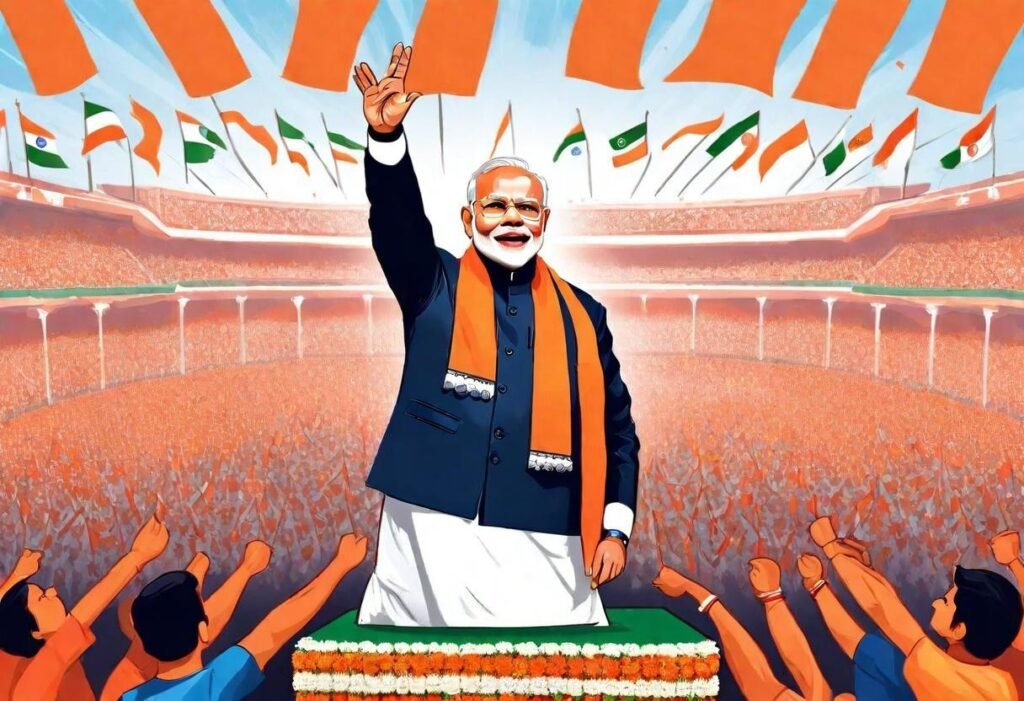
Despite the concerted efforts of the Muslim voting bloc, Prime Minister Narendra Modi’s party secured a comfortable victory. The trusted hands within the cabinet and key positions remained unchanged, solidifying their hold on power. The underlying lesson here is the contrast between the united Muslim electorate and the fragmented Hindu vote. Even when faced with strong opposition, Prime Minister Narendra Modi’s party triumphed. This outcome underscores the potential power of unity, demonstrating that a cohesive front can significantly influence political results, whereas division can lead to missed opportunities.
Imagining a Different Scenario
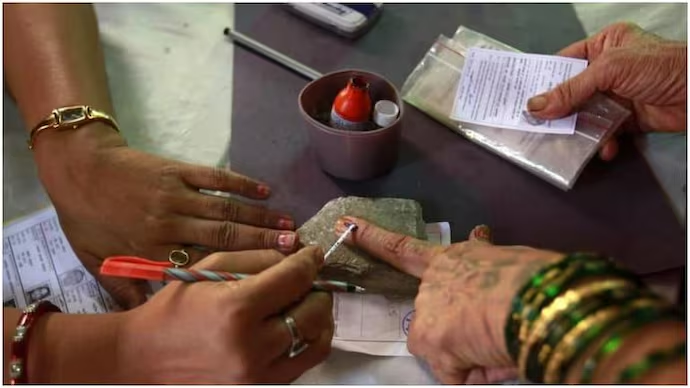
Imagine if 20% of Hindus voted with the same strategic unity as their Muslim counterparts. Envision a scenario where informed Hindu voters coalesce around a common goal. Such a unified approach within the majority community could dramatically shift the political landscape. This newfound solidarity could alter electoral outcomes, challenge established narratives, and reshape the country’s destiny. The power of unity, when harnessed effectively, has the potential to redefine political realities and influence the future direction of the nation.
The scenario of Hindu unity, even to a small extent, could yield surprising results, potentially securing a two-thirds majority for their chosen political party ( Here for example Prime Minister Narendra Modi BJP). The undeniable power of unity at the grassroots level cannot be overlooked. Increasingly, the majority are beginning to realize the opportunities they have missed due to fragmented voting choices. As this awareness grows, the potential for a united Hindu electorate to reshape political outcomes becomes ever more significant, highlighting the transformative impact of collective action.
Major impacts and events showcased after the Prime Ministership of Narendra Modi
In the context of Prime Minister Narendra Modi securing a third consecutive term, several troubling issues have emerged. Islamic terrorist attacks on Hindu pilgrimages, blatant mob violence against women under sharia law, and the disturbing debates in the 18th parliament session have all contributed to a sense of instability. Additionally, the disrespect shown towards Hindu beliefs, the sensationalized criticism of Agniveer appointments weakening the Indian army, and the Western media’s skewed narrative portraying PM Narendra Modi as a loser despite his majority while touting Rahul Gandhi as a democratic victor with only 99 seats, have all fueled a false perception of a broken India. These factors collectively contribute to a growing and unfounded belief in the nation’s decline.
Conclusion
India’s recent election results highlight the power of informed voting and the impact of community unity. While Muslims demonstrated a cohesive commitment to their ideology and appeasement ( well said by MP Owassi), Hindus faced internal divisions that diluted their influence. Moving forward, it is crucial to understand these dynamics. Perhaps it’s time for Hindus to recognize their collective strength and vote strategically, ensuring that the nation’s diverse voices resonate harmoniously in the corridors of power. This unified approach could significantly shape the future political landscape, fostering a more inclusive and representative democracy.
Disclaimer: The views expressed in this editorial are those of the author and do not necessarily reflect the opinions of this publication.
More Articles
Allahabad High Court Warns: Unchecked Conversions Could Turn Majority into Minority
Rahul Gandhi: The Controversial Political Leader
Linguistic Diversity Shines: MPs Take Oath in Sanskrit, Hindi, and Other Languages
Om Birla Re-Elected as Lok Sabha Speaker: A Milestone of Bipartisan Unity
Asaduddin Owaisi’s Controversial Oath Sparks Debate on His Integrity in Parliament
Bhartruhari Mahtab Appointed as Pro-Tem Speaker for the 18th Lok Sabha: A Key Leadership Role
Hajj Deaths Toll Mounts as Hajj Pilgrims Suffer Amidst Extreme Heat and Poor Conditions
PM Modi Celebrates International Yoga Day in Srinagar
Reliance Power Emerges Debt-Free: Anil Ambani’s Remarkable Turnaround – News 24 Media
Raymond Group Stocks Jump Over 8.5% to Set New High:
Ixigo IPO: Flying High or Turbulence Ahead? A Deep Dive into India’s Profitable Travel Tech Unicorn
Adani Group Stocks Surge on Anticipated NDA Victory: What Investors Need to Know
Lucrative PSU Stocks: Public Sector Undertakings in India Reap Rewards from Government Policies
Tata Steel Ltd Share Price: Forging Ahead with Dividends and Resilient Stock Performance
Ride into the Future with Royal Enfield’s Electrifying 2024 Lineup
Discover more from
Subscribe to get the latest posts sent to your email.

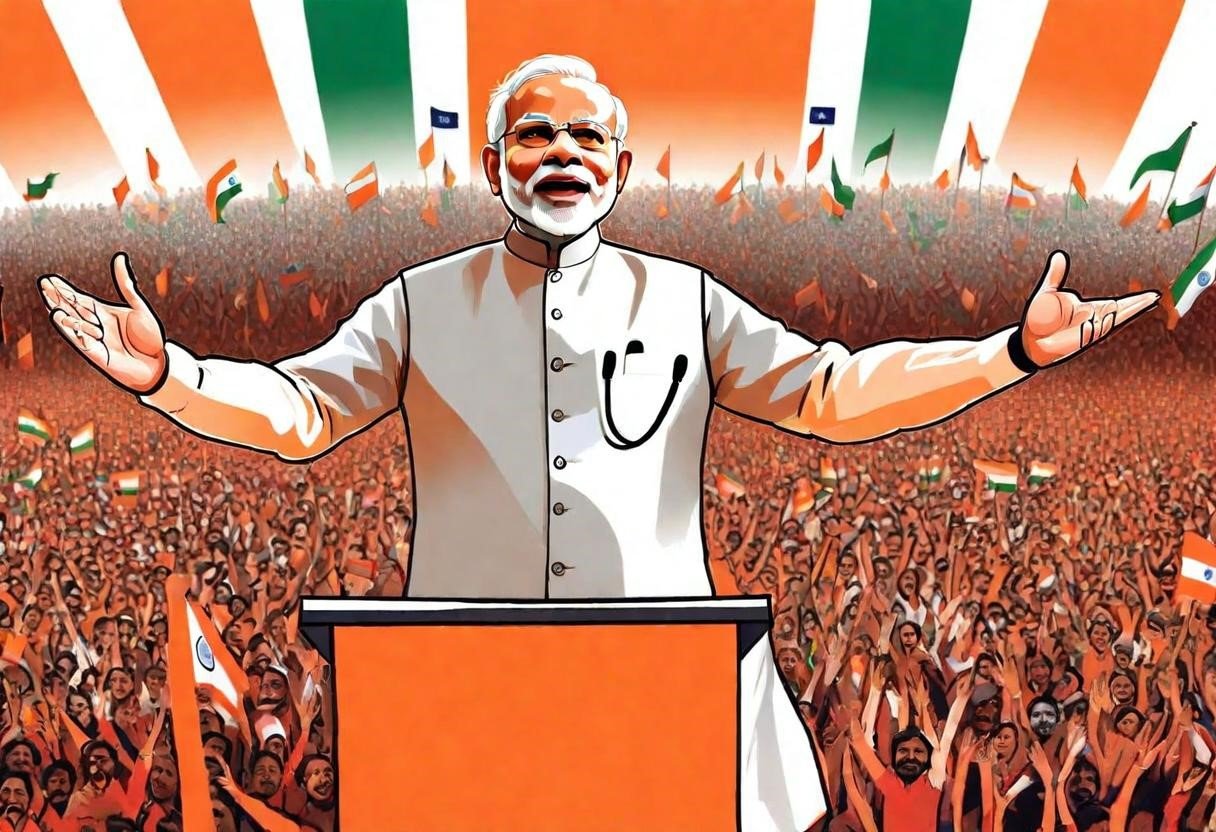


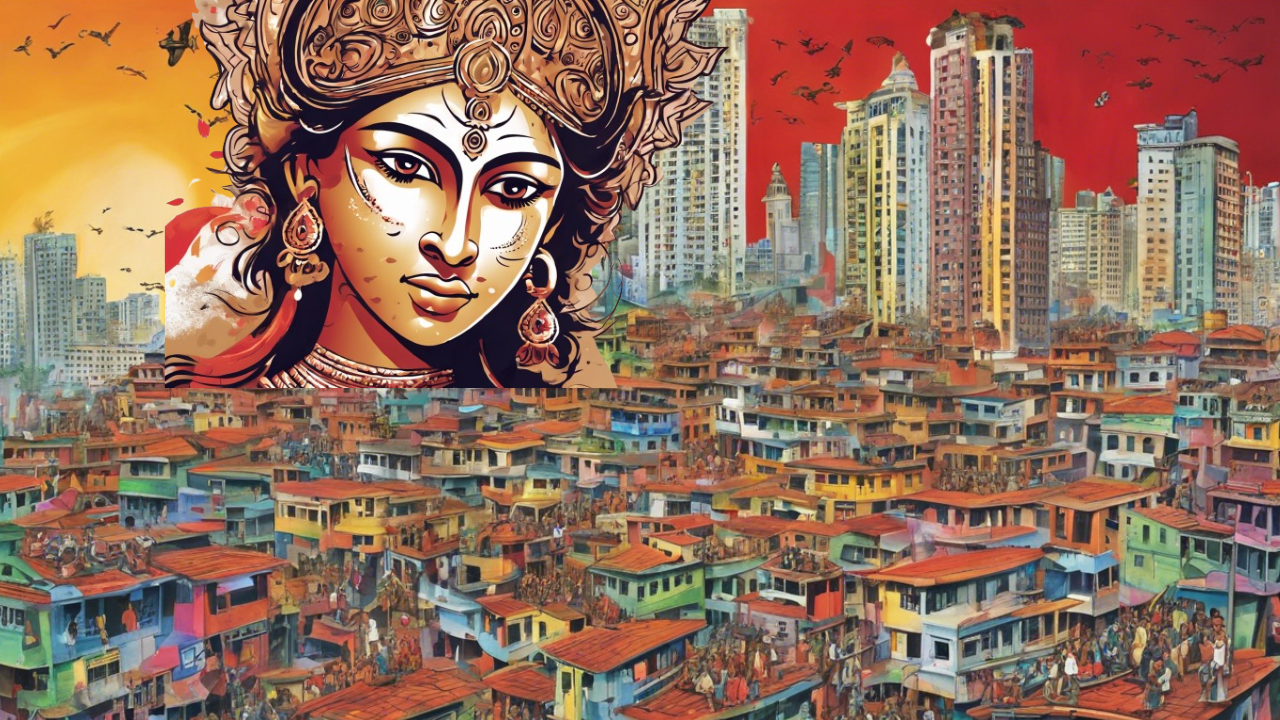

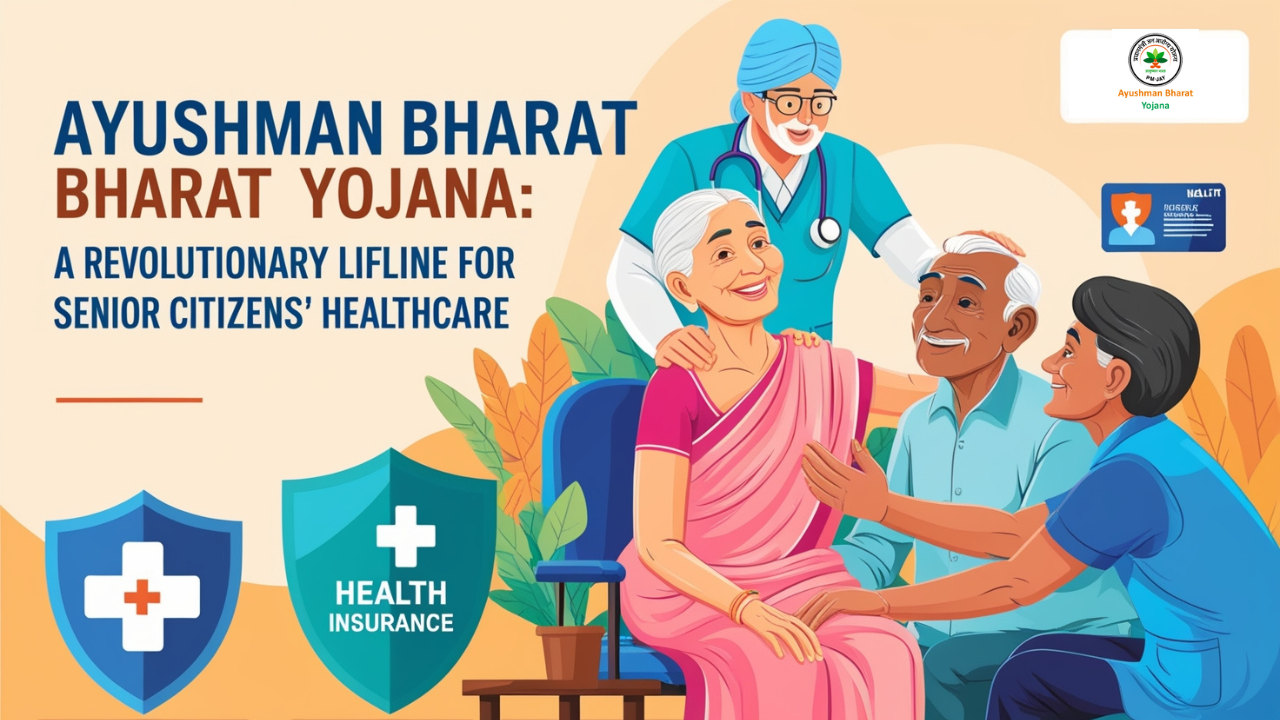
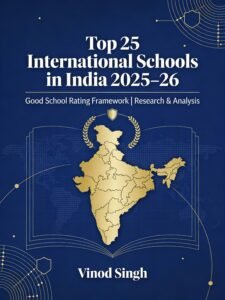


1 COMMENTS